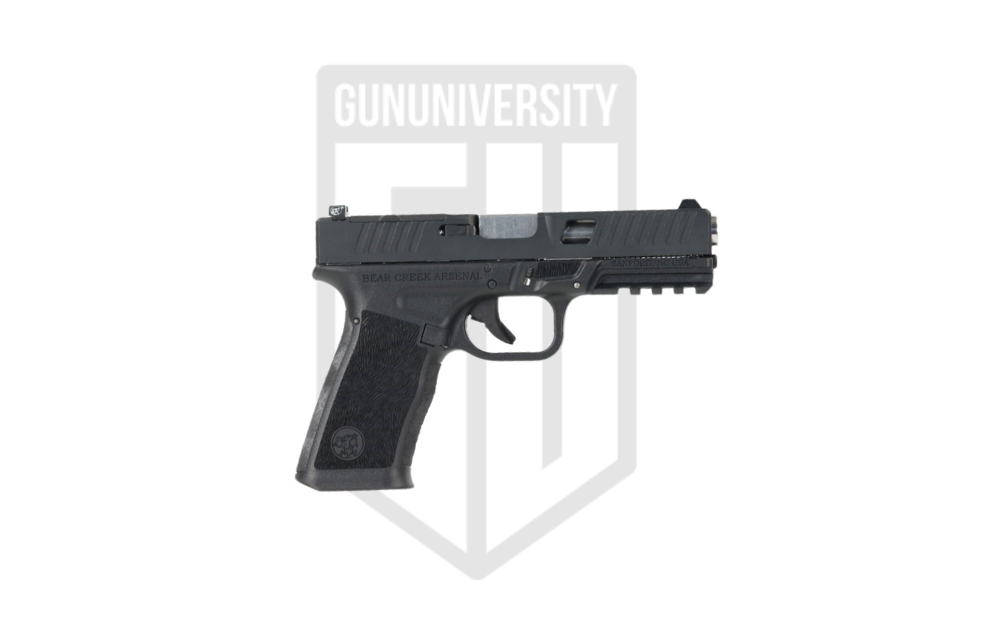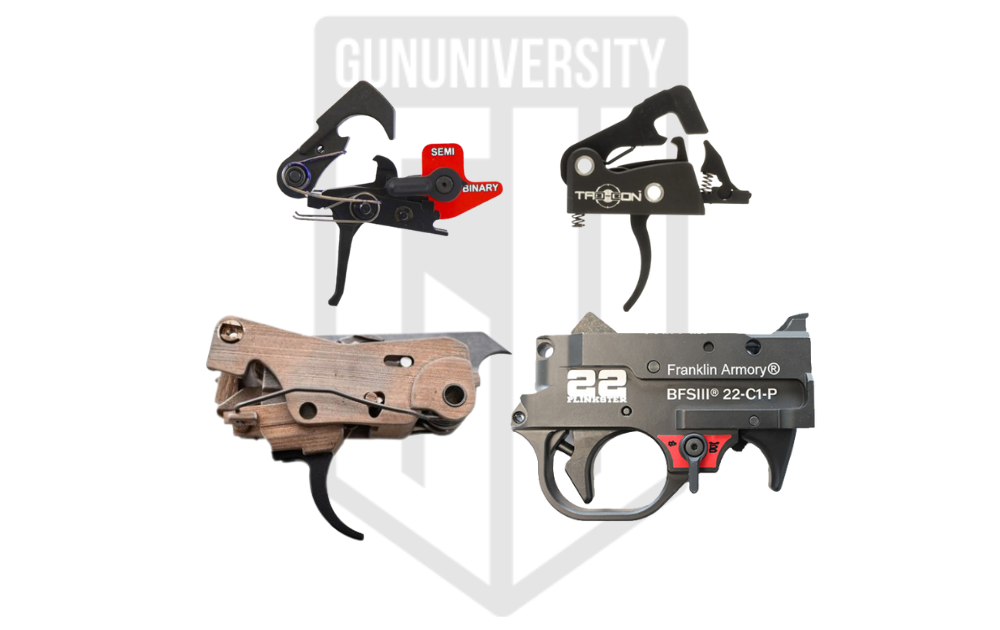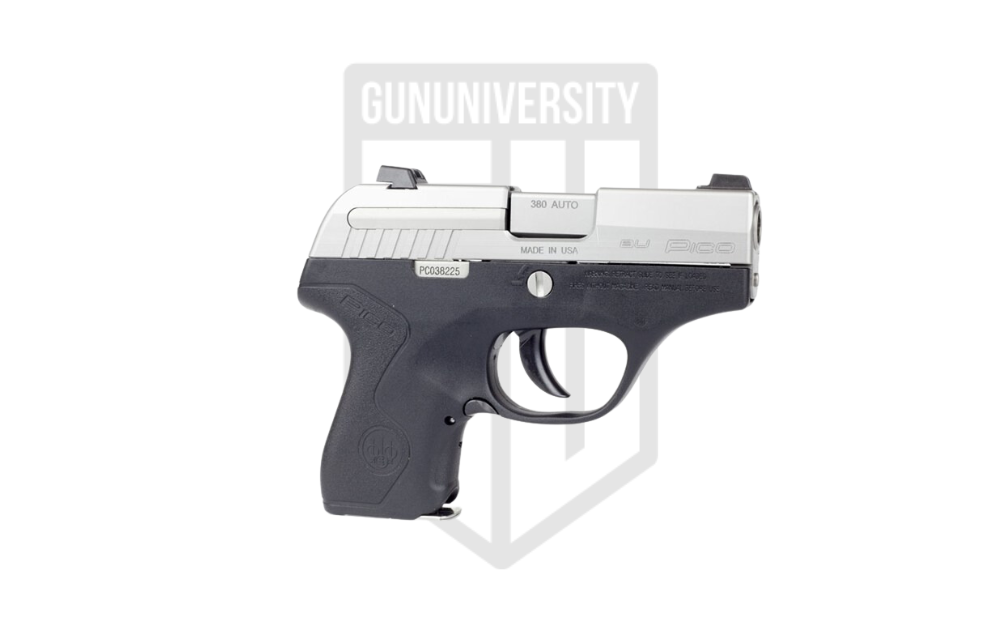.40 Smith & Wesson vs. 10mm Auto: Ammo Comparison
Autoloading pistol cartridges are a compromise. Most semi-auto pistols use a magazine that is integral to the grip. This means you can only make a cartridge so large before a pistol becomes impossible to hold with normal hands. On the whole, pistol rounds like the 9mm Luger and .45 ACP are shorter and have less powder capacity than longer revolver cartridges. Because of this, designers often play with higher pressures and larger diameter projectiles to push the power factor. The .40 S&W and the 10mm Auto are two rounds that follow that script.
Both rounds are potent and have proven themselves over the last thirty years on the street, the firing line, and the hunting blind. With these two rounds, it is the case of the chicken before the egg. The 10mm Auto gave rise to the .40 Smith & Wesson. But as each round and the guns that fire them developed, each has their own distinct advantages and disadvantages to one another.
.40 Smith & Wesson vs. 10mm Auto Spec Comparison
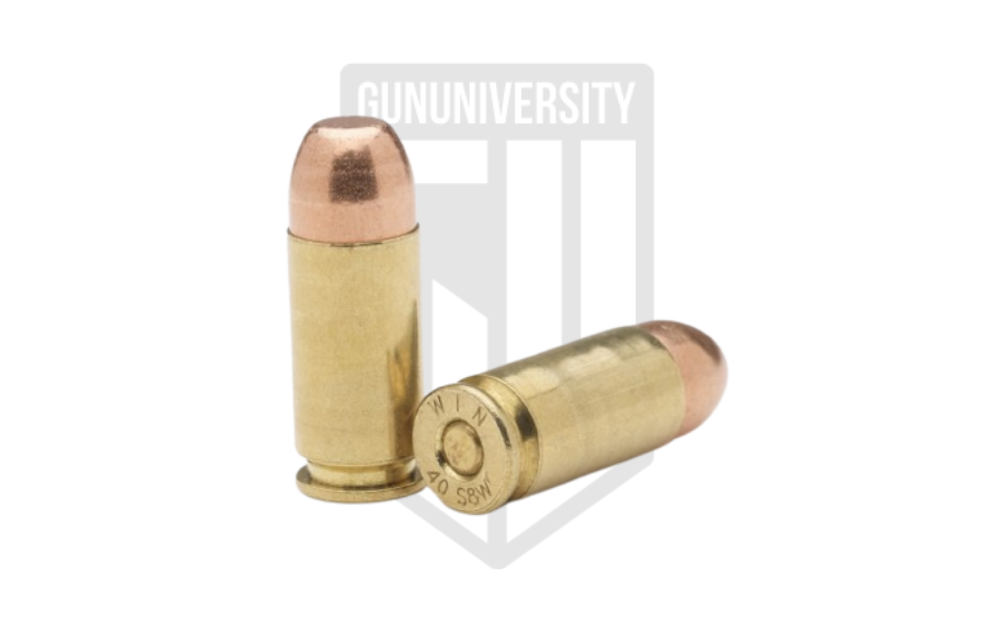
.40 S&W

10mm Cartridge
Why Compare .40 and 10mm?
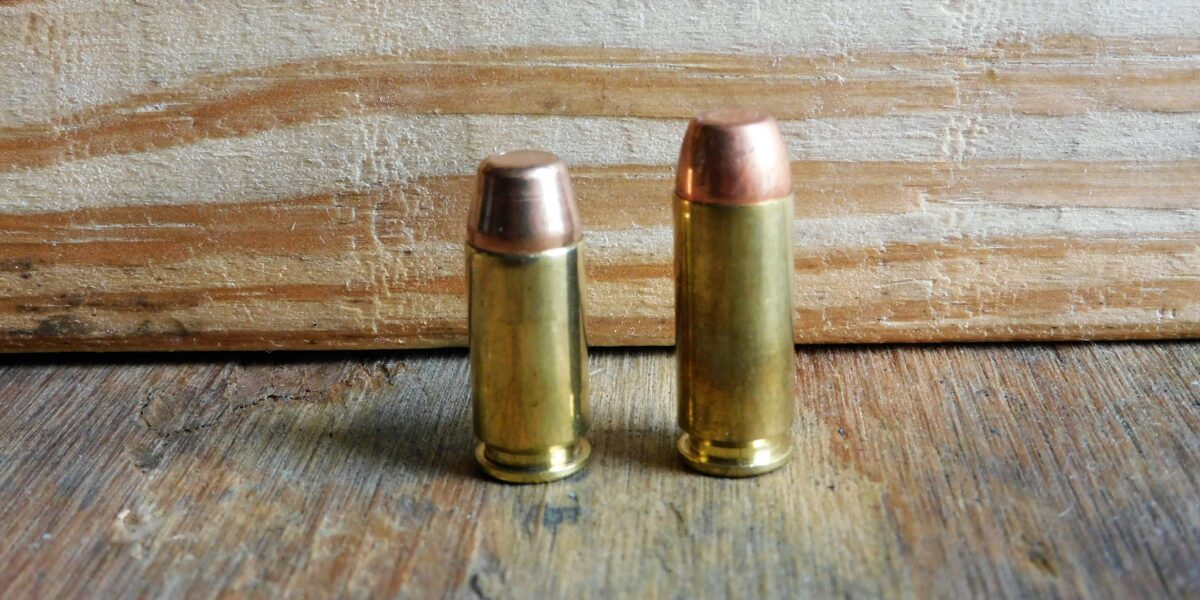
Despite the imperial and metric names, the .40 and 10mm are both .40 caliber semi-automatic pistol cartridges that emerged one after another. Both rounds represent a step above the 9mm Luger cartridge. Both are smaller in diameter than the .45 ACP and available pistols will often hold a few more rounds. Perhaps this may surprise you, but the .40 and 10mm are more powerful than the .45. Sometimes by very little and sometimes by a lot.
10mm Auto Review
Jeff Cooper originally envisioned the 10mm Auto at Gunsite in the late 1970s as an answer to the underpowered nature of semi-auto pistol cartridges. Cooper was a proponent of the Colt 1911 and the .45 ACP cartridge. But even the .45 could not rise to the level of power available in revolver rounds like .357 and .44 Magnum. These longer cartridges simply would not work in a modern magazine-fed semi auto. Dornaus & Dixon was developing a semi-auto handgun for just such a need. In 1982, they approached Norma to design a magnum cartridge that could work in their pistol. The round was based on a trimmed .30 Remington case. The .30 Remington was a short-lived, rimless version of the .30-30 Winchester rifle cartridge. The new cartridge boasted a 180 grain bullet traveling at about 1200 feet per second. It was a promising round, but the original pistol design did not pan out. But other models like the Bren Ten and the Colt Delta Elite carried the round through the rest of the 1980s.
The 10mm caught the interest of the FBI. The agency was keen to replace the .357 Magnum revolvers and 9mm semi-autos after the famous 1986 Miami Dade Shootout. Discussion of going to the .45 ACP was muted, and they found an entirely new solution in the 10mm.
Here is a list of our top 10mm handguns. We also recently did a review on the Glock 20 Gen 5 for you to check out.
10mm Auto vs 40 S&W Pros and Cons
- Power – The 10mm Auto overlaps with the .357 Magnum in power and far exceeds conventional semi-auto rounds like 9mm Luger and .45 ACP.
- Pistol Selection – 10mm pistol variety is less than with the more popular .40 S&W. We usually find the 10mm in larger, all-steel or polymer-framed pistols that are too large for some applications.
- Underloaded – They load most practice ammunition for 10mm Auto to .40 S&W specifications, rather than to their full potential.
10mm Auto Ammo
Here are some good deals on some of our favorite 10mm Auto ammunition.
Hunting Ammo
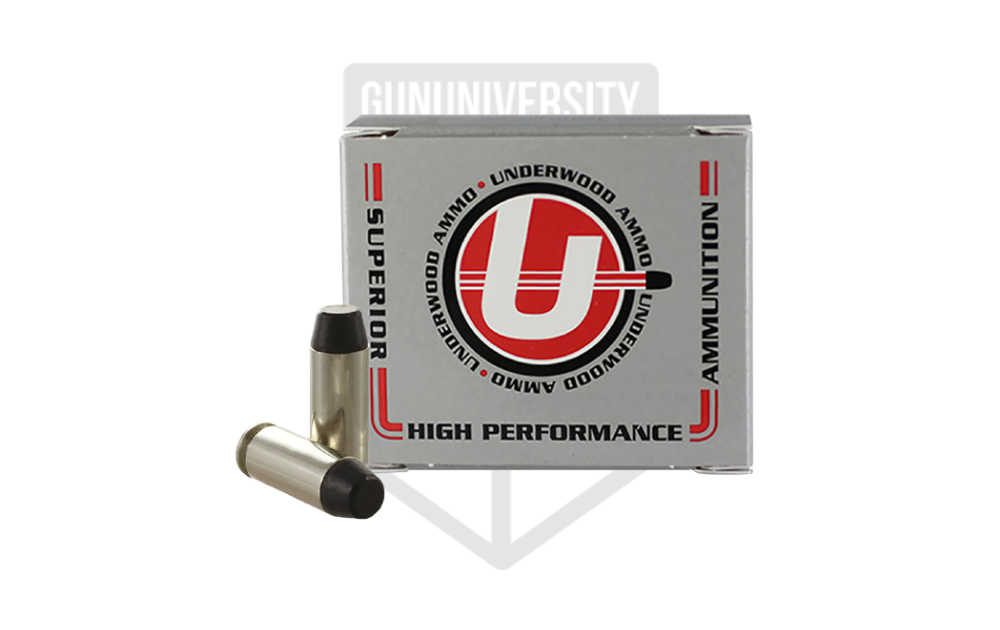
Underwood 10mm 200 Gr Hard Cast
Marketplace | Cost Per Round |
| Gun Deals | $1.19 |
| Optics Planet | $1.45 |
Defensive Ammo
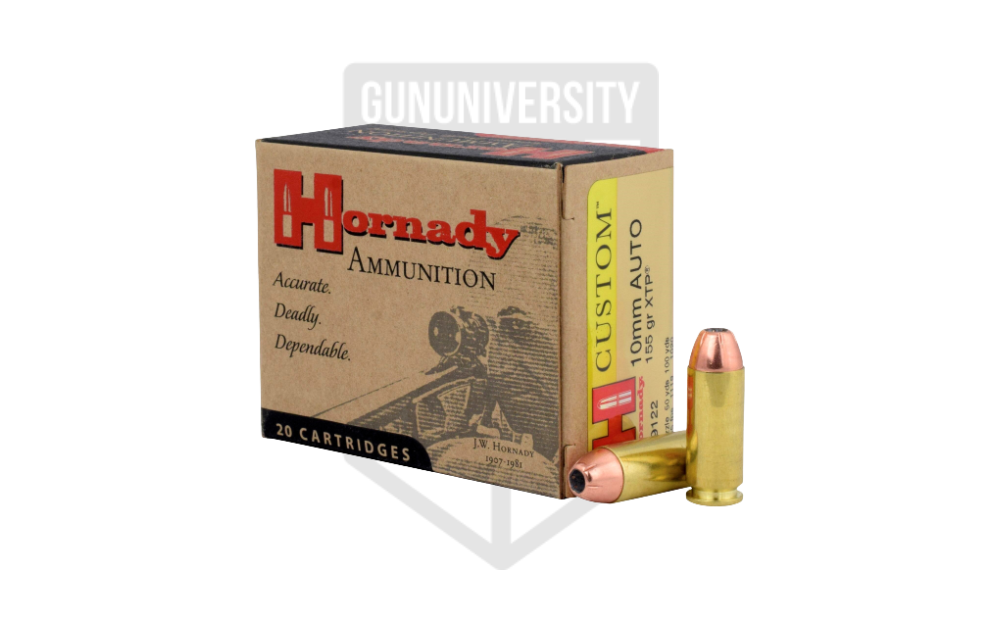
Hornady Custom 10mm 155 Gr XTP
Marketplace | Cost Per Round |
| Gun Deals | $0.83 |
| Sportsmans Guide | $1.15 |
| Guns.com | $1.20 |
| Gritr Sports | $1.37 |
.40 Smith & Wesson Review
The 10mm Auto cartridge was adopted by the FBI in 1988 and, almost immediately, buyer’s remorse set in. While the 10mm was a capable cartridge and the new Smith & Wesson 1076 pistol was fine as well, the problem arose when agents went to qualify at the range. Most FBI agents specialize in desk work and firearms qualification is simply part of the job. The .357 Magnum revolver loaded with .38 Special +P and semi-auto 9mm pistols were easy to handle. But many agents could not accurately shoot the 10mm or handle the snappier recoil on the firing line. Almost immediately, the FBI began issuing Lite ammunition.
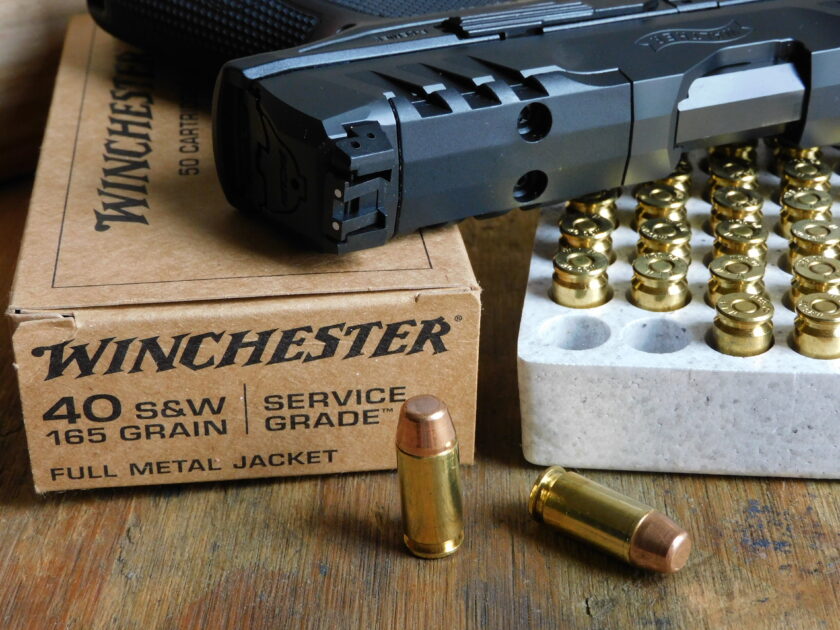
This downloaded 10mm ammunition solved the problems on the range, but the FBI’s woes caught the eyes of Smith & Wesson’s engineers. If the 10mm Auto was being downloaded, why bother with a longer case that won’t hold more powder? They discovered that a shorter 10mm round did not need a larger pistol to feed the cartridge. In 1990, Smith partnered with Federal to create the .40 Smith & Wesson cartridge. It was a short 10mm Auto that could feed in contemporary designs that were sized around the 9mm cartridge. It also used the same bullet diameter and weight. The only appreciable difference, besides its shorter length, is the use of a small pistol primer instead of a large pistol primer, like with the 10mm.
The new round was more powerful than the 9mm and held more rounds in the magazine than the 45. Glock debuted a pistol in the new round even before the new Smith & Wesson 4006 pistol entered the market. In short order, the FBI abandoned the 10mm for the .40 and police departments nationwide completed their transition from .357 Magnums and 9mms straight to the new .40 Smith & Wesson round. The 10mm, for a time, was largely abandoned.
40 S&W vs 10mm Auto Pros and Cons
- Ammunition Availability – .40 S&W’s popularity with law enforcement translates to a higher volume of ammunition availability on the commercial market.
- Chambered in Conventional Handguns – The shortened case of the .40 allows it to be chambered in handguns originally designed around 9mm Luger.
- Performance – Marginally Better than 9mm Luger. New 9mm +P loads narrow the energy gap with the .40.
- Power – Less Power than the 10mm Auto. The .40 has a shorter case and less powder capacity than the 10mm. Potential power is likewise limited.
Great .40 Smith and Wesson Ammo
Here are some deals on our favorite 40 S&W ammo for the range and self defense.
Practice Ammo
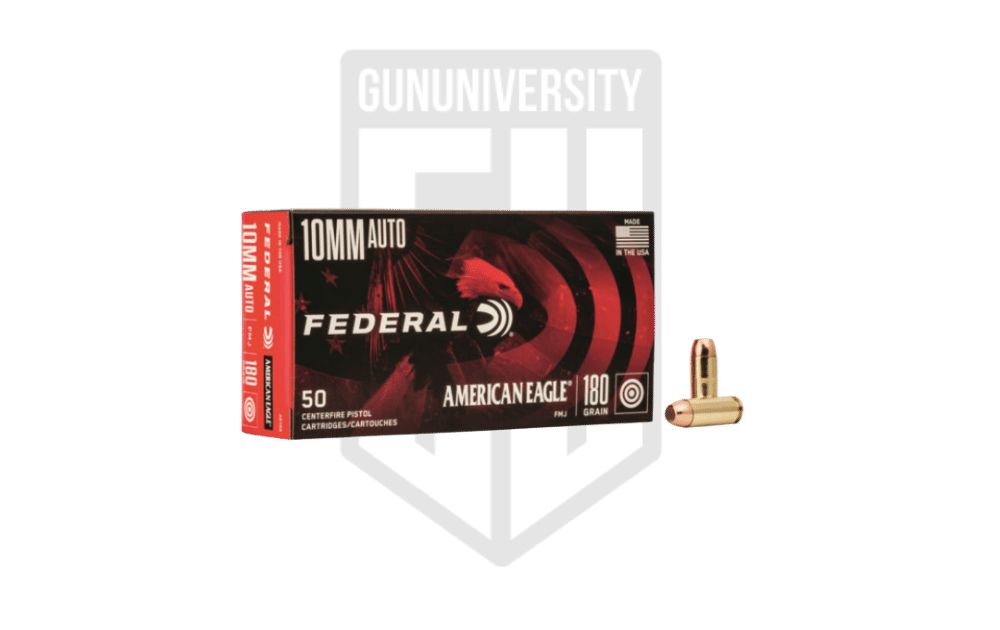
Federal American Eagle 40S&W 180 Gr JHP
Marketplace | Cost Per Round |
| Gun Deals | $0.30 |
| Target Sports USA | $0.38 |
| Firearms Depot | $0.43 |
Defensive Ammo
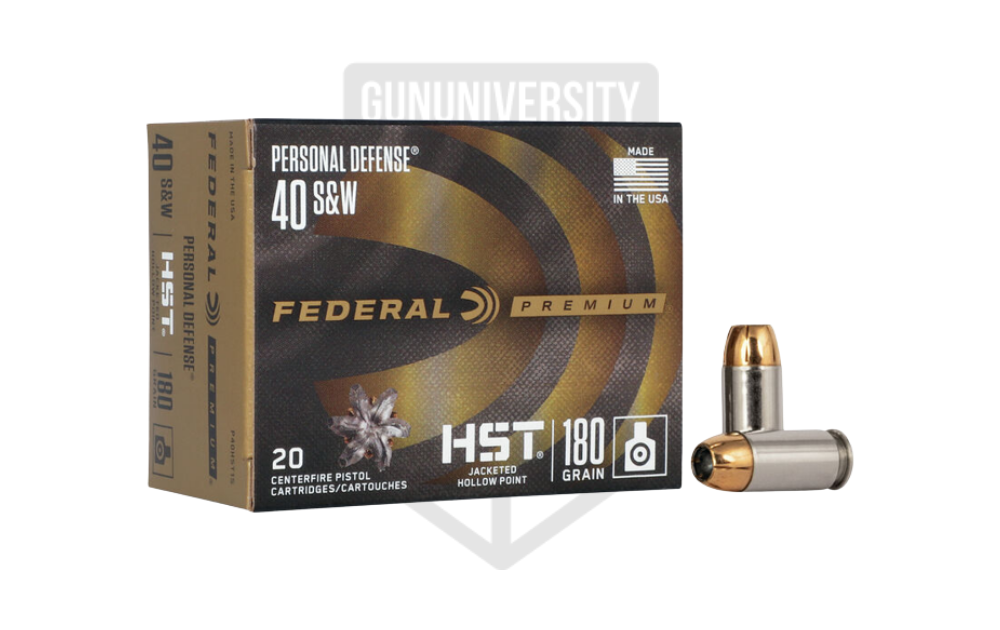
Federal Premium HST 40S&W 180 Gr JHP
Marketplace | Cost Per Round |
| Gun Deals | $1.21 |
| Firearms Depot | $1.45 |
| Sportsman’s Guide | $1.49 |
.40 S&W and 10mm Head to Head
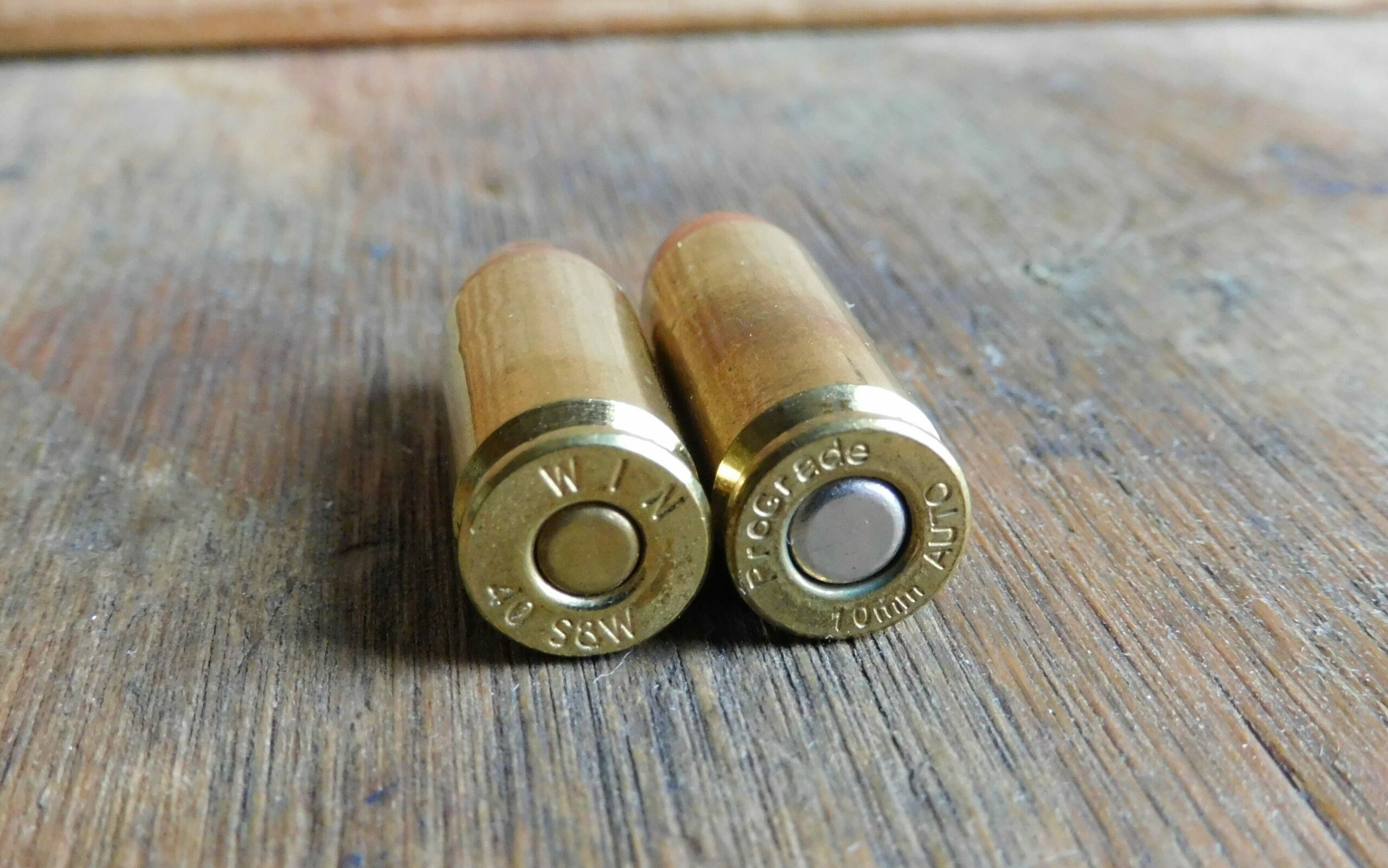
A lot has changed since the .40 came on the scene in 1990. Advancements in bullet technology have rehabilitated the 9mm Luger round, which is even easier to control than the 40 S&W. The paper advantage of the .40 in bullet mass and energy becomes moot if someone can reliably hit the target with the smaller round. In 2016, the FBI announced a return to the 9mm and the .40 is now the round in limbo. At around the same time, they also rehabilitated the 10mm as its truly magnum status came to be appreciated by handgun hunters and self-defenders. Because the winds change does not mean we should discount the .40. Obviously, the .40 has a shorter case and will hold less powder, but that does not make the round a slouch. Likewise, the 10mm has its own limitations.
The .40 Smith & Wesson has often been derided as .40 Short & Weak. Certainly, compared to the 10mm, it is. But just how weak is it? Common loadings like the Federal HST boast a 180 grain .40 caliber bullet traveling from a four-inch barrel at 1,000 feet per second for approximately 400 foot pounds of energy. Compared to rounds that were considered powerful in their day, the .40 was still ahead of the game. The old .45 ACP 230 grain ball load, when fired from a Colt Government model, runs at about 850 feet per second for 350 foot pounds of energy. Even modern 9mm+P loadings, like those the FBI is going back to, are, at best, able to hold parity with standard .40 loads. The Federal HST 9mm+P 124 grain load is traveling at 1,200 feet per second for nearly equivalent energy.
The comparison between .40 S&W and other rounds comes out in the wash, but the gap between .40 and 10mm is much wider. Norma’s loads put the same bullet out of the muzzle at 1,200 feet per second for over 600 foot pounds of energy. It is true that both will make the same sized entry hole in a target. However, that extra 200 feet per second makes a difference in both hollow-point expansion and hydrostatic shock as the bullet. Both rounds have found success in the hunting arena, but more so the 10mm. The round’s extra velocity allows the handgunner with the 10 to have a flatter trajectory at distance. It also allows for theoretically greater penetration on harder targets. The 10mm Auto has made serious inroads among those who pack a handgun for bear defense. The Danish Sirus Sledge Patrol that patrols the polar bear territory of northern Greenland carries Glock 20 auto pistols chambered in 10mm. Ammo manufacturers like Underwood and Buffalo Bore have developed loadings using flat-nosed 200-220 grain projectiles for just such a use. On the other end of the spectrum, they load most 10mm Auto practice ammunition down to the 1,000 feet per second mark to .40 caliber specs. Not all 10mm is created equal.
Power, or lack of power, is not everything. With pistol rounds this powerful, pistol selection becomes particularly tricky. The .40 S&W’s shorter case allows it to be chambered in smaller pistols originally designed for 9mm Luger. Small single-stack handguns like the S&W Shield and Springfield XDs can be had in 9mm Luger or .40. The ubiquitous .40 caliber Glock 23 is visually identical to a Glock 19 chambered in 9mm, except for a few less rounds in the magazine. The .40 tends to have snappier recoil than the 9mm. That becomes particularly unpleasant in smaller guns. In addition, .40 caliber pistols often wear out more quickly over the equivalent 9mm handgun. They designed some handguns like the Sig SP2022 from the ground up for the .40, but they otherwise used the round in handguns that were designed for a milder cartridge.
For the everyday shooter, the .40 gives more power with the same 9mm footprint. The 10mm is simply too big for that. The round has been reborn in large Sig 220 series and 1911 style handguns that are all-steel and have longer barrels. There are precious few 10mm handguns that most would be comfortable carrying every day. The Glock 29 is one such pistol that is marginally larger than its 9mm and .40 S&W counterparts. But it ranks as one of the more miserable guns to handle.
Terril’s Take
The .40 Smith & Wesson and the 10mm Auto will serve you well, provided you note each round’s advantages and drawbacks. Then mate those conclusions with what you expect to face—or simply what you like most.
The .40 has the advantage of ammunition and firearm availability, while the 10mm will be more powerful. Despite the latter’s resurgence, the .40 still holds on with good reason and would be my personal choice between the two. For the majority of gun owners, the 40 S&W will be a better option.
The 10mm is easy to justify if you need a handgun to cover all bases: from personal defense to wilderness defense to hunting. The 10 is the undisputed king on things with thicker skin. But against predators more similar to ourselves, the 10mm has a surprising amount of overlap. When using hollow-point ammunition of similar grain-weight, the 10mm’s extra velocity gives more upset to the projectiles but at rates only marginally better than .40. The penetration between the two calibers in this context is also close. In one test, I shot Hornady Custom’s 180 grain load for both rounds into ballistic gelatin to gauge the difference. Both traversed four layers of denim and eighteen inches of ballistics gelatin. There was not enough difference to talk about. But there was more recoil.
The 10mm is good, but that does not mean the .40 is bad. The Forty Cal has a proven street record. Gregg Ellifritz’s well-known “Alternative Look at Handgun Stopping Power” studied thousands of real-world shootings and concluded that the .40 S&W stopped attackers 45% of the time with one round. Only the .44 Magnum did better. Likewise, the .40 is surprisingly capable in the woods. The same policemen that carried the .40 for a few decades also successfully used them against animals like bear and elk. While the 10mm might be better suited, the .40 does surprisingly well for its size. Power, or lack thereof, has little to do with its decline.
Recent Posts
July 27, 2024
July 26, 2024
July 25, 2024

![The Best Shooting Ear Protection in 2024 [Tested]](https://gununiversity.com/wp-content/uploads/2021/09/best-shooting-hearing-protection.jpg)
